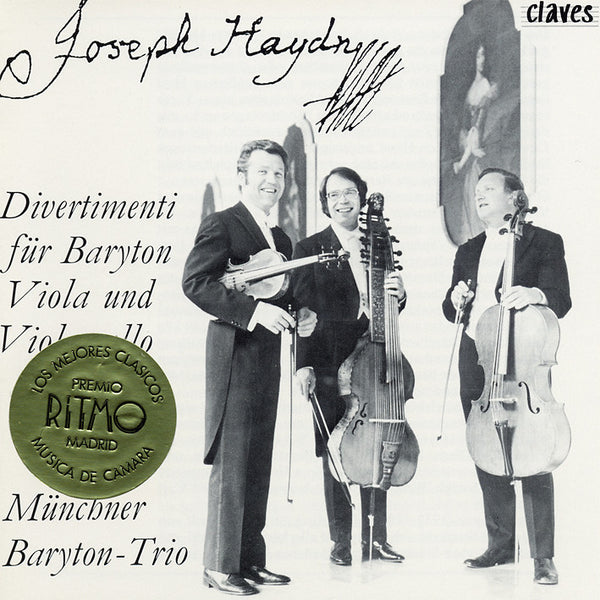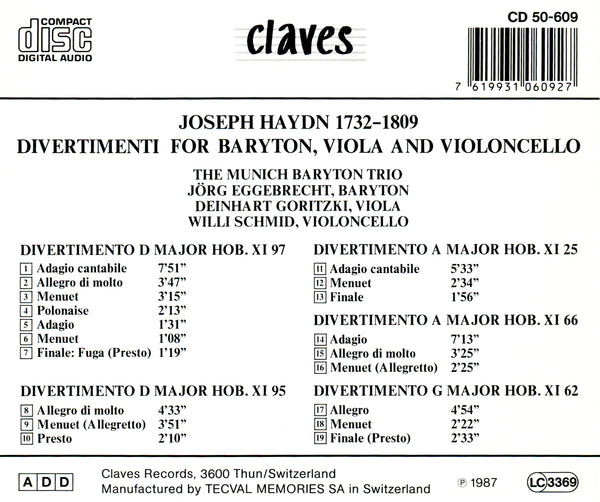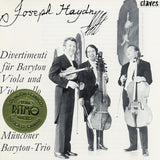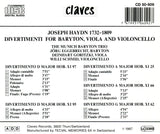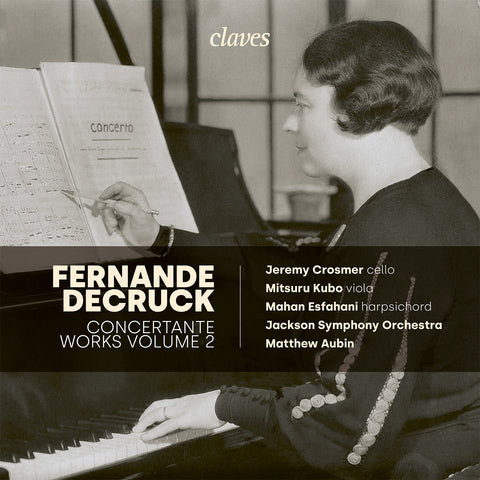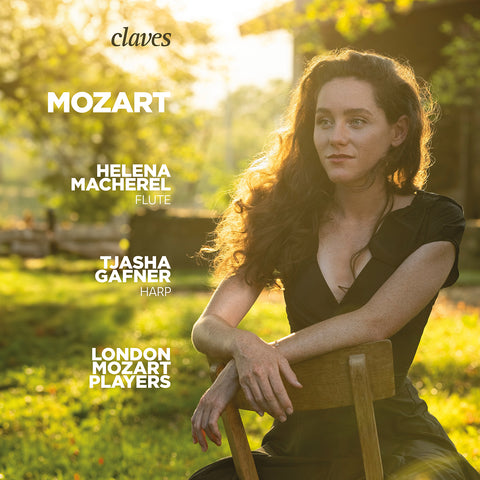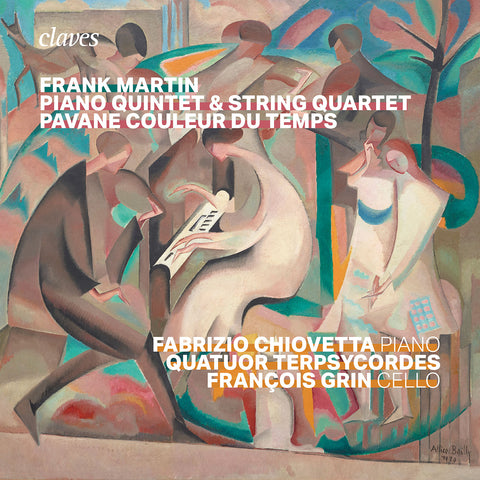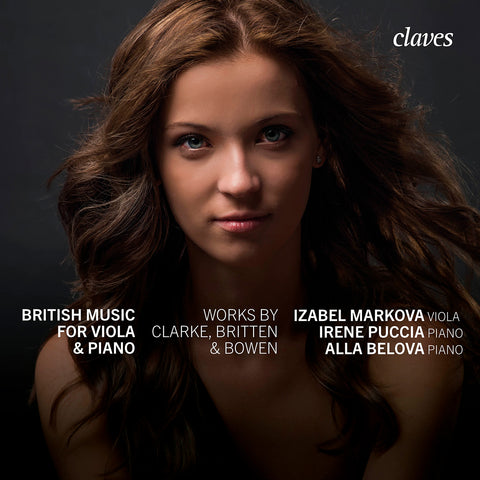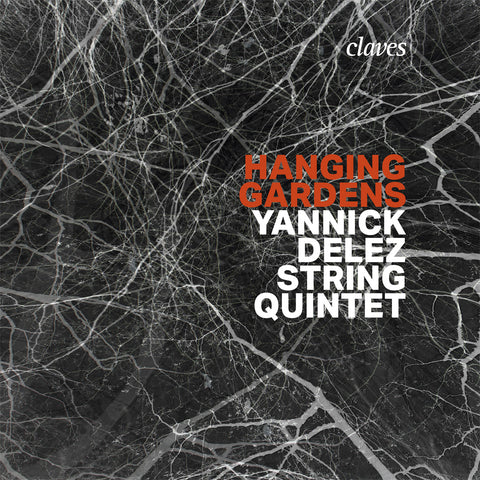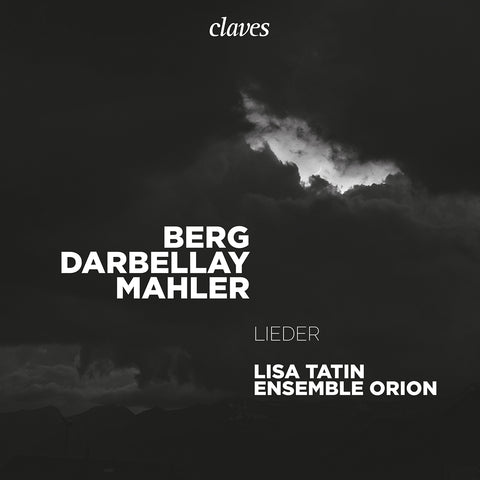(1987) Joseph Haydn: Divertimenti For Baryton, Viola & Violoncello
CD set: 1
Catalog N°:
CD 0609
Release: 1987
EAN/UPC: 7619931060927
- UPC: 829410489362
This album is now on repressing. Pre-order it at a special price now.
CHF 18.50
This album is no longer available on CD.
This album has not been released yet. Pre-order it from now.
CHF 18.50
This album is no longer available on CD.
This album is no longer available on CD.
VAT included for Switzerland & UE
Free shipping
This album is now on repressing. Pre-order it at a special price now.
CHF 18.50
This album is no longer available on CD.
This album has not been released yet.
Pre-order it at a special price now.
CHF 18.50
This album is no longer available on CD.
This album is no longer available on CD.
JOSEPH HAYDN: DIVERTIMENTI FOR BARYTON, VIOLA & VIOLONCELLO
The ‘baryton’ or ‘viola di bordone’ is – precisely classified – a ‘viola da gamba d’amore’, which means, that it has – in addition to the 6 or 7strings which are played with a bow and are usually pitched like a viola da gamba or a guitar – between 9 and 22 metal resonance strings freely situated behind the open neck. These additional strings do not only help to make the played sound more vivid, stronger and brighter by vibrating in resonance, but they can also be plucked by the thumb of the left hand. To play with the bow and to pluck at the same time, however, is a technique very difficult to perform, which was not favorable for the expansion of the baryton.
The viola bastarda and the viola d’amore – sisters to the baryton - very likely were English inventions of the 17th century, influenced by Indian instruments with resonance strings (Sarangi, Vina). The exact place of origin of the baryton is still unknown. In 1687 the instrument was described, probably for the first time, by Daniel Speer in his book ‘Course of musical art’. Leopold Mozart called the baryton in his school for violin one of the ‘most charming instruments’. About 30 old barytons of different size, construction and strings are left in the position of different museums. Therefore musicians of our time are in need of newly made instruments if they want to play and demonstrate the baryton.
(1987) Joseph Haydn: Divertimenti For Baryton, Viola & Violoncello - CD 0609
The ‘baryton’ or ‘viola di bordone’ is – precisely classified – a ‘viola da gamba d’amore’, which means, that it has – in addition to the 6 or 7strings which are played with a bow and are usually pitched like a viola da gamba or a guitar – between 9 and 22 metal resonance strings freely situated behind the open neck. These additional strings do not only help to make the played sound more vivid, stronger and brighter by vibrating in resonance, but they can also be plucked by the thumb of the left hand. To play with the bow and to pluck at the same time, however, is a technique very difficult to perform, which was not favorable for the expansion of the baryton.
The viola bastarda and the viola d’amore – sisters to the baryton - very likely were English inventions of the 17th century, influenced by Indian instruments with resonance strings (Sarangi, Vina). The exact place of origin of the baryton is still unknown. In 1687 the instrument was described, probably for the first time, by Daniel Speer in his book ‘Course of musical art’. Leopold Mozart called the baryton in his school for violin one of the ‘most charming instruments’. About 30 old barytons of different size, construction and strings are left in the position of different museums. Therefore musicians of our time are in need of newly made instruments if they want to play and demonstrate the baryton.
Return to the album | Main Artist: The Munich Baryton Trio






